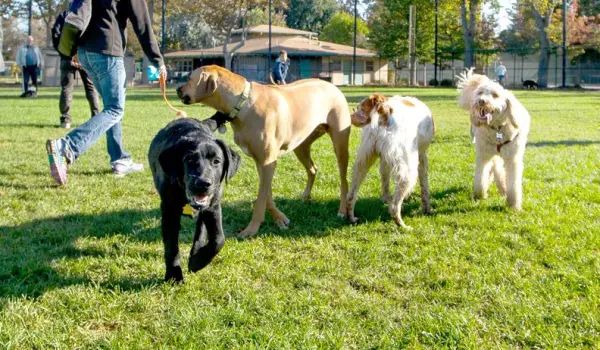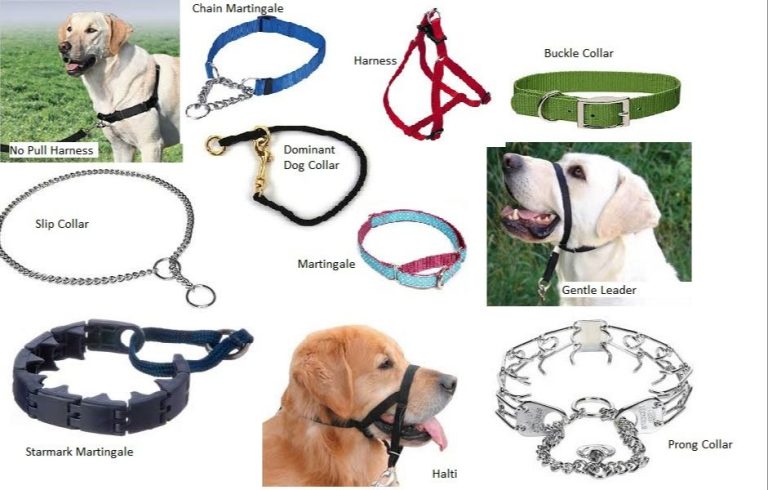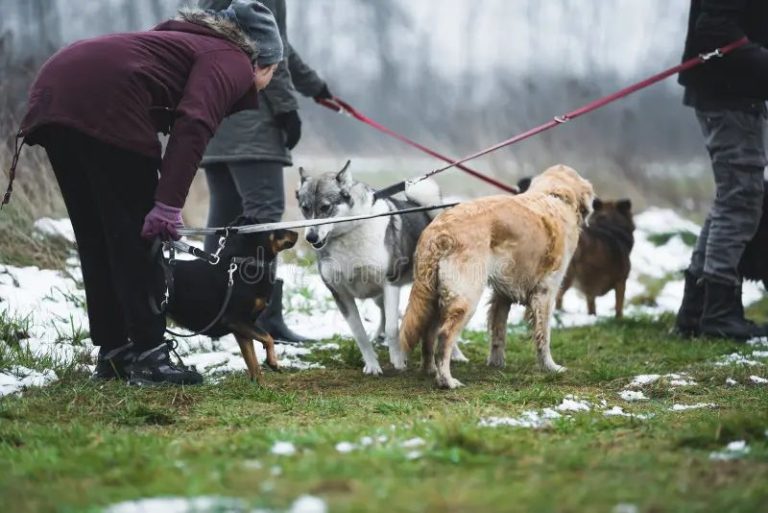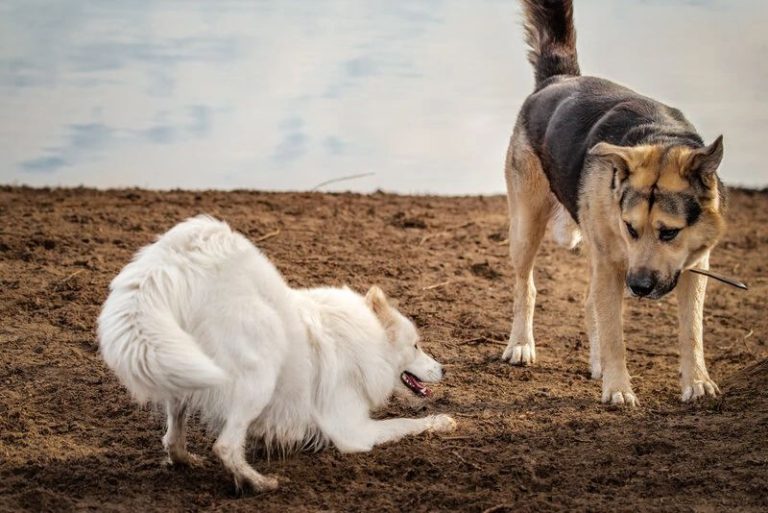The Beginner’S Guide To Creating A Dog-Friendly Backyard
Creating a dog-friendly backyard can greatly enhance your pup’s quality of life and provide a safe, enjoyable outdoor space for play and relaxation. This guide will provide tips and ideas for designing and landscaping a backyard that is optimized for dogs.
We will cover important considerations like safety, shading, surfacing materials, landscaping, water access, furniture, and maintenance. You’ll find budget-friendly suggestions as well as inspiration for transforming your outdoor area into a doggie paradise.
Whether you’re starting from scratch or looking to make upgrades, this guide aims to help you craft the perfect backyard oasis for both you and your four-legged friend. Read on to learn how to design a backyard that prioritizes your dog’s health, happiness, and comfort.
Safety Considerations
When creating a backyard oasis for your dog, safety should be the number one priority. According to the ASPCA, there are many potential hazards in the average backyard that could endanger your pup if not addressed properly.
Proper fencing is crucial to keep your dog safely contained and prevent them from escaping. Fences should be tall enough that your dog cannot jump over and sturdy enough that they cannot dig under or push through. Gates should latch securely and any small gaps should be closed off (cite source).
Be mindful of poisonous plants and objects that may have been left in the yard. According to Hill’s Pet Nutrition, things like fertilizer, antifreeze, paint, and charcoal can be extremely toxic to dogs if ingested. Do a thorough sweep of the yard and research any plants you have to determine toxicity. Consider removing any poisonous plants or objects (cite source).
Pools can pose a drowning risk if not properly fenced off and secured. Make sure any pools or hot tubs have a safety cover and/or a tall, gated fence separating your dog from the water. Backyard ponds should also have protective barriers to prevent accidental falling in (cite source).
Watch for tripping hazards like rocks, holes, and exposed roots that may cause injury. Electrical cords should be covered and appliances stored safely out of reach. Inspect for sharp objects, machinery, or rubbish that could harm your pup if encountered (cite source).
Shade and Shelter
Providing shade is one of the most important ways to keep your dog comfortable outdoors, especially during the hot summer months. Trees are a natural way to provide shade in your backyard. Plant trees strategically around your yard to maximize shade coverage. Evergreen trees like pine and spruce provide shade year-round. Deciduous trees like maple and oak provide shade in summer and sun in winter after their leaves fall. Make sure to leave enough space between trees and fences or structures so your dog has room to move around (source).
You can also install shade structures specifically for your dog. An easy DIY option is to build a shade canopy using four posts and a waterproof tarp or shade cloth secured above your dog’s play area. Make sure the shade covers their food and water bowls as well. More permanent shade solutions include pergolas, gazebos, or awnings installed over your deck or patio (source).
Providing a dog house filled with soft bedding gives your dog a cool, sheltered place to rest outdoors. Choose an insulated dog house raised off the ground and orient the opening away from sun and rain. Make sure it’s large enough for your dog to stand up, turn around, and lie down comfortably inside.
Play Space
Dogs love having room to run and play, so make sure to provide ample space for playtime activities. A large grassy area is ideal for fetch, frisbee, and zoomies. Consider an agility course with obstacles like tunnels, jumps, weave poles, and a teeter totter for mental and physical stimulation. Rotate toys frequently to keep things interesting. Outdoor dog toys like balls, flying discs, ropes, and chew toys will keep your pup entertained for hours.
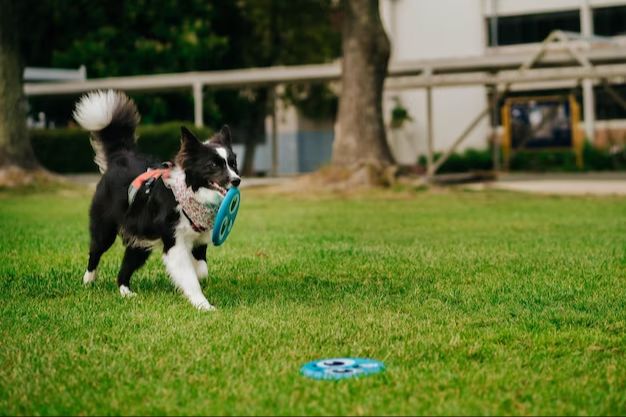
According to 7 Fun Dog-Friendly Backyard Ideas for Any Budget, setting up a sprinkler, kiddie pool, or doggie splash pad provides a fun way for pups to cool off on hot days. Designate a dig pit filled with sand or dirt where dogs are allowed to dig to their heart’s content.
Surfacing
When choosing a surface for your dog-friendly backyard, you’ll want to consider your dog’s needs as well as your budget and maintenance requirements. Some popular options include:
Grass: Grass provides a soft surface for dogs to run and play. Some dog-friendly grass options include Bermuda, Zoysia, Buffalo, and Tall Fescue (https://ideal-turf.com/dog-friendly-backyard/). Be prepared for some maintenance such as watering, mowing, fertilizing, and repairing high traffic areas.
Mulch: Shredded bark mulch creates an organic, natural surface that’s budget-friendly. Ensure mulch pieces are too large to stick in paws. Rake periodically and replenish to maintain (https://lawnlove.com/blog/dog-friendly-backyard-landscaping-ideas/).
Pavers: Interlocking pavers provide a stylish, durable surface resistant to digging. Create paths and patios for potty walks or high-traffic play zones. Sweep debris and use polymeric sand between cracks for stability.
Artificial turf: Synthetic grass is soft underfoot yet highly durable for active dogs. It requires no mowing or watering but will need occasional cleaning. Purchase pet-friendly turf with antimicrobial protection and drainage (https://www.akc.org/expert-advice/lifestyle/dog-friendly-grassless-yards/).
Landscaping
When landscaping your backyard to be dog-friendly, focus on using plants, rocks, and elevation changes that will be safe and enjoyable for your furry friend. Choose plants that are non-toxic to dogs, avoiding things like azaleas, oleander, and cycads 1. Opt for sturdy shrubs and grasses that can withstand digging and trampling, like spirea, daylilies, and fountain grass. Intersperse rocks throughout garden beds – smooth river rocks are a good option. They add visual interest and give dogs a place to walk and scramble 2.
Consider adding some elevation changes like gentle grassy slopes or small rock hills. These break up the space and give your dog areas to climb and explore. Just be sure slopes aren’t too steep or rocky. You can also use landscaping timbers or bricks to edge planting beds and create little retaining walls. These provide seating for people and boundaries for your pooch to run alongside.
Water
Having fresh, clean water available for your dog when they are outdoors is essential, especially in warmer weather. Installing an outdoor water station can help ensure your dog stays hydrated.
Dog water bowls made specifically for outdoor use are a good option. Look for heavy-duty stainless steel bowls that are tip-proof and rust-resistant, like the Best Outdoor Dog Water Bowl. Elevated stands and wall-mounted bowls also help keep the water clean.
For a larger water source, consider an outdoor doggy pool or water trough. These can serve as both a water supply and a cooling-off spot on hot days. Make sure to empty and refill the water frequently.
Misting stations hooked up to a garden hose are another way to help dogs beat the heat. The cool mist provides refreshing relief for your pup on even the hottest days.
No matter what water system you choose, be sure to check and refill it daily so your dog always has access to fresh, clean water outside.
Furniture
Having comfortable furniture in your dog-friendly backyard allows your canine companion to relax outside while still being protected from the elements. Outdoor dog beds and hammocks should be waterproof and durable for outdoor use. Some good options are raised dog beds and cot-style beds that allow airflow underneath. Size your dog bed appropriately – large breeds need extra large or oversized beds. Some popular materials are weather-resistant fabrics like marine-grade vinyl and woven ballistic nylon.
According to The Refined Canine, dog owners should opt for dog beds and furniture that match their home’s aesthetic. They offer stylish modern outdoor dog beds and hammocks in a variety of colors and patterns.
For maximum durability, K9 Ballistics makes outdoor dog beds that can withstand dogs who like to dig and chew. Their beds are designed to be resistant to water, dirt, and hair.
Providing outdoor seating for humans is also important when designing a dog-friendly backyard. Look for weather-resistant patio furniture and accessories like side tables. Consider furnishings that can withstand pet accidents and pet wear and tear.
Cleaning and Maintenance
Keeping your dog-friendly backyard clean is crucial for your pet’s health and your own enjoyment of the space. When it comes to maintenance, removing dog poop should be a top priority. Be sure to have poop bags, trash cans, and scoopers readily available to make cleaning up simple. Consider placing stations around the yard or setting reminders to check for messes. Providing easy hose access allows you to rinse away urine spots or give thirsty dogs a drink. Invest in a retractable hose reel or connect spigots and nozzles in key areas. For storage, keep landscaping tools, cleaning supplies, toys, blankets, and other accessories organized in weatherproof containers. Proper cleaning and maintenance makes your dog-friendly backyard more sanitary and functional.
Additional Considerations
When designing a dog-friendly backyard, it’s important to consider your local climate. In hot climates, make sure to provide ample shade and a kiddie pool or doggy splash pad for cooling off. In colder climates, have a sheltered, dry area where your dog can get out of the wind, rain, and snow. Providing a climate-controlled dog house can give your dog a cozy place to relax in extreme weather.
If you have multiple dogs, make sure your yard is big enough to accommodate them. Having separate play spaces, water bowls, beds, and toys can help prevent conflict. Consider alternating dogs in the yard or taking them on separate walks to ensure they all get individual time and attention.
Creating a dog-friendly backyard requires an investment, but there are budget-friendly options too. Use inexpensive materials like pine mulch instead of pricier hardscaping. DIY projects like building a fence or converting a storage shed into a doggy den can save money. Focus funds on durability for high-traffic areas. Though tempting, skip the grass to save on water, mowing, and chemicals.

